Top 5 Mistakes Beginner Paddle Boarders Make
Stand up paddle boarding is an easy way for just about anyone to enjoy the water. However, with any new activity, there is a learning curve and paddle boarding is no exception. Here are the top 5 mistakes beginner paddle boarders make.
HOLDING THE PADDLE BACWARDS
You can spot a new stand up paddle boarder a mile away by looking at how they hold the paddle. The blade of the paddle, which is the part that scoops water, has an angle to it. This angle should always be facing away from the paddler. If you are holding the paddle with the blade angled toward you, then you will not get as much power from each stroke. Most paddles will have finger grips at the top, so that the rider knows which way they are holding the paddle. If you are new to paddle boarding, you might want to place a sticker on the front side of your paddle blade. This will make it easy to notice if you have the paddle blade facing in the right direction. If you take a paddle board lesson, this is usually the first thing covered.
PADDLING AT AN ANGLE
The forward stroke, is the basic maneuver that allows the paddle board to move across the water. While this stroke seems very simple, most beginner paddle boarders get this wrong. A common mistake among those new to SUP, is not placing the paddle vertical in the water when doing a forward stroke. Instead, they paddle with the blade at an angle and their top elbow bent, making them turn instead of going straight. The paddle should always be straight up and down when it enters the water, never at an angle. The riders top arm should always be extended across the chest so that the paddle and blade are vertical. This technique will allow you to get more power out of each stroke. It will also limit the number of times you have to switch sides and hand positions making it easier to catch waves.
PADDLING TOO FAR PAST FEET
Imagine you have a 5 gallon bucket and you dip it in the water. When you pull the bucket up, it will be heavier and take more strength to lift it. Bringing the paddle too far past your feet during a forward stroke has the same effect. The paddle blade is now lifting water and slowing you down in the process. Proper paddling technique suggest that your forward stroke should never go past your heels. Any further past your heels and you will lose momentum and burn valuable energy. This is an especially good technique to practice if you like to surf a paddle board. It is also a good idea to place the paddle blade all the way in the water for a more powerful stroke.
LOOKING DOWN
Almost everything you do that requires balance shares one thing in common; wherever you look, that’s where you go. If you look down while paddle boarding, you will fall. Beginner stand up paddle boarders will most likely have a hard time balancing on the board at first. However, the most important thing for balance is to not look down. A good trick to maintain stability while standing on a paddleboard is to pick something on the shoreline and focus on it. Once you have found your balance, then begin to paddle towards that object on shore. If you begin to feel unstable, stop paddling and place your paddle blade out in front of you. This will act like a third leg [a tripod] that will allow you to adjust your feet and find your balance without falling.
STANDING TOO FAR FORWARD
A common mistake that most new paddle boarders will make is standing or kneeling too far forward on the SUP. The fin or fins at the tail of the board, act as a rudder and allow the board to either paddle straight or turn. If you are standing or kneeling too far forward on the paddle board, the fins will be out of the water and make it difficult to control. Most paddle boards will have a carry handle in the middle of the board. This handle should be used to judge how far forward or back you are on the board. If you can not see the handle, then most likely you are too far forward and you should move back.




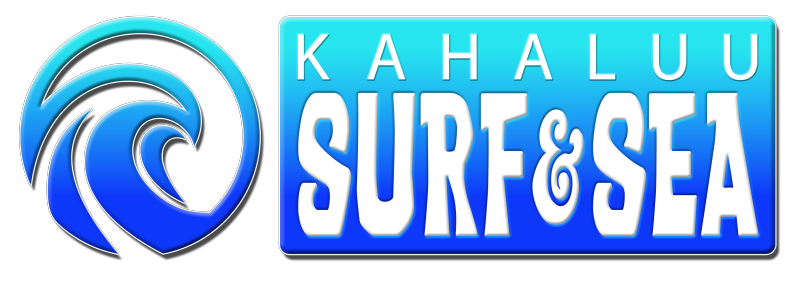


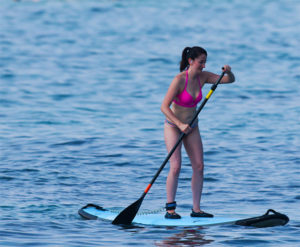
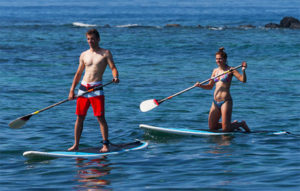
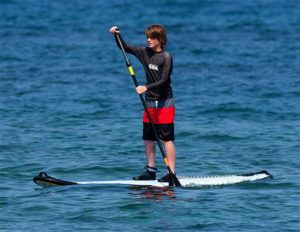

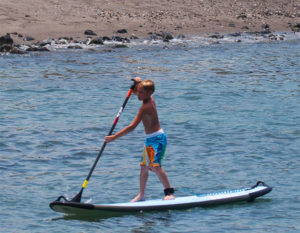
I found it interesting how you mentioned how a common mistake that beginners make when paddle boarding is holding the paddle backward, which makes it harder to paddle and requires more energy. My wife and I are in the process of planning our family reunion at the beach and we want to set something up for our family so they can all try something they haven’t tried before. I will keep this in mind as we search for paddle boards near us that have the correct way to hold the paddle clearly marked!